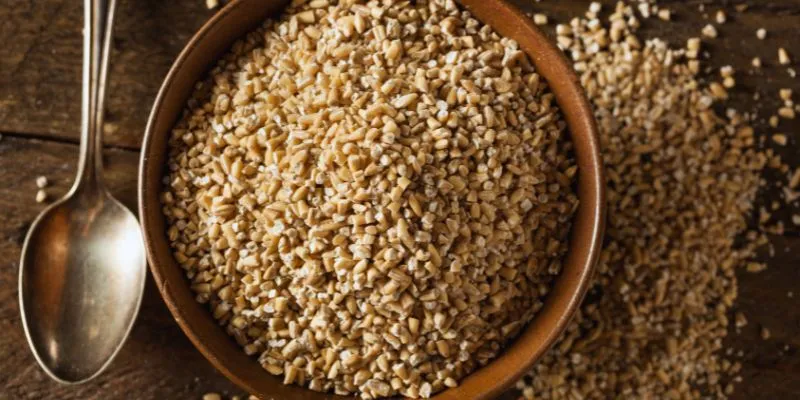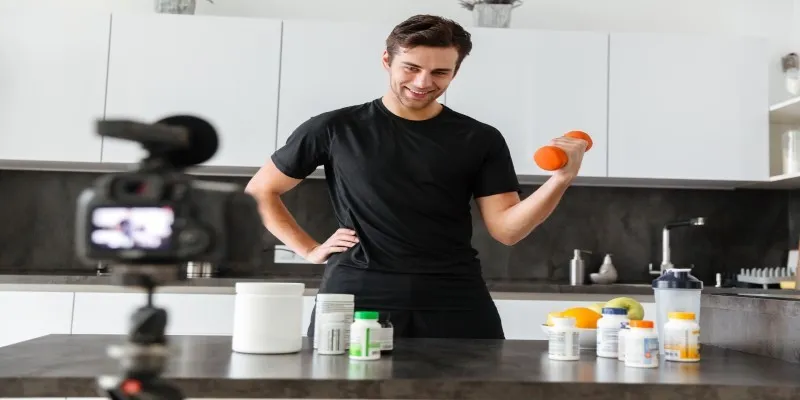Probiotics May Help Prevent Diarrhea Due to Antibiotic Use
The intersection of antibiotics and their side effects often raises concerns about digestive health. Probiotics offer a promising defense against antibiotic-associated diarrhea (AAD). These beneficial bacteria help maintain the delicate balance of the gut microbiome, which is often disrupted by antibiotics. Evidence suggests that taking probiotics alongside antibiotics can significantly reduce the risk of diarrhea.
Understanding Antibiotic-Associated Diarrhea

What is Antibiotic-Associated Diarrhea?
Antibiotic-associated diarrhea (AAD) is a common complication resulting from the disruption of intestinal flora by antibiotics. It affects 5-25% of adults taking antibiotics. This disruption can lead to loose, watery stools and increased bowel movements. While most cases are mild and temporary, some may require medical intervention.
How Antibiotics Cause Diarrhea
Antibiotics target harmful bacteria but can also eliminate beneficial bacteria in the intestines, causing an imbalance that may result in:
- Poor absorption of water and nutrients
- Overgrowth of harmful bacteria, such as Clostridioides difficile (C. diff)
- Microbiome imbalance
According to the Mayo Clinic, certain antibiotics, including macrolides, cephalosporins, fluoroquinolones, and penicillins, are more likely to cause diarrhea.
Recognizing the Symptoms
Symptoms of antibiotic-associated diarrhea can range from mild to severe and include:
- Loose, watery stools
- Increased frequency of bowel movements
- Abdominal pain or cramping
- Nausea and loss of appetite
- Fever (in severe cases)
Seek medical attention if you experience severe symptoms or notice blood in your stool, as these could indicate a more serious infection.
Prevention and Management
To reduce your risk of antibiotic-associated diarrhea:
- Take antibiotics only when necessary and as prescribed.
- Consider probiotics to help maintain a healthy gut balance.
- Stay hydrated and consume a bland diet during antibiotic treatment.
Harvard Health advises regular hand washing and avoiding alcohol-based sanitizers, which do not kill C. diff bacteria. Understanding the causes and symptoms makes managing antibiotic-associated diarrhea more achievable.
The Role of Probiotics in Preventing Antibiotic-Induced Diarrhea

How Probiotics Work
Probiotics are live microorganisms that provide health benefits when consumed in adequate amounts. They help restore balance in the gut microbiome by:
- Boosting immunity
- Enhancing gut barrier integrity
- Producing antimicrobial substances
- Modulating the gut microbiome
- Increasing water absorption
- Reducing opportunistic pathogens
Effectiveness of Probiotics
Research has shown that probiotics can effectively prevent AAD. A meta- analysis of 17 randomized controlled trials (RCTs) demonstrated a 51% reduction in AAD risk with probiotics compared to controls. Strains like Lactobacillus rhamnosus GG and Saccharomyces boulardii are particularly effective.
Dosage and Timing
The effectiveness of probiotics depends on dosage and timing. Higher doses (over 5 billion CFU/day) are associated with lower AAD risk. Most recommendations suggest starting probiotics alongside antibiotic treatment to maximize protective effects.
Safety Considerations
While generally well-tolerated, probiotics can pose risks, such as systemic infection or bowel ischemia, especially in immunocompromised individuals. Always consult a healthcare professional before starting probiotics.
Types of Probiotics Effective Against Antibiotic Diarrhea
Lactobacillus Strains
Lactobacillus rhamnosus GG is highly effective in preventing AAD. Other species like L. casei and L. acidophilus also show promise in reducing AAD risk.
Saccharomyces boulardii
This probiotic yeast is effective when administered within two days of starting antibiotics. Studies suggest it can reduce AAD risk by up to 59%, making it a powerful ally in maintaining gut integrity during antibiotic treatment.
Bifidobacteria
Found in foods like yogurt, Bifidobacteria, such as Bifidobacterium lactis , help restore the gut microbiota disrupted by antibiotics, potentially lowering diarrhea risk.
Dosage and Timing
Probiotic dosages range from 10 to 50 billion CFU per day. Effectiveness increases when probiotics are taken during and after antibiotic courses, particularly at doses over 5 billion CFU/day.
How Probiotics Work to Restore Gut Health
Probiotics are vital for maintaining and restoring gut health. Their various actions support the digestive system:
Balancing the Gut Microbiome
Probiotics prevent and treat dysbiosis, an imbalance of beneficial microbes, by:
- Competing with harmful bacteria for nutrients and binding sites
- Producing antimicrobial substances that inhibit pathogen growth
- Enhancing the diversity and stability of gut microbial communities
Supporting Digestive Function
Probiotics aid in digestion and nutrient absorption by:
- Breaking down complex molecules, including bile
- Producing essential nutrients
- Enhancing the absorption of vitamins and minerals
Modulating the Immune System
Probiotics strengthen the immune system by:
- Influencing cytokine production
- Recruiting immune cells to areas of need
- Promoting regulatory T cell development
Influencing the Gut-Brain Axis
Probiotics affect mood and mental health through the gut-brain axis by producing neuroactive compounds like serotonin, GABA, and histamine, influencing pain perception, mood, and behavior.
Conclusion
Understanding the mechanisms of probiotics enhances appreciation for their role in maintaining gut health and preventing antibiotic-associated diarrhea. While benefits are specific, most individuals may experience minimal general health improvements. Always consult a healthcare professional before starting any supplement regimen.










